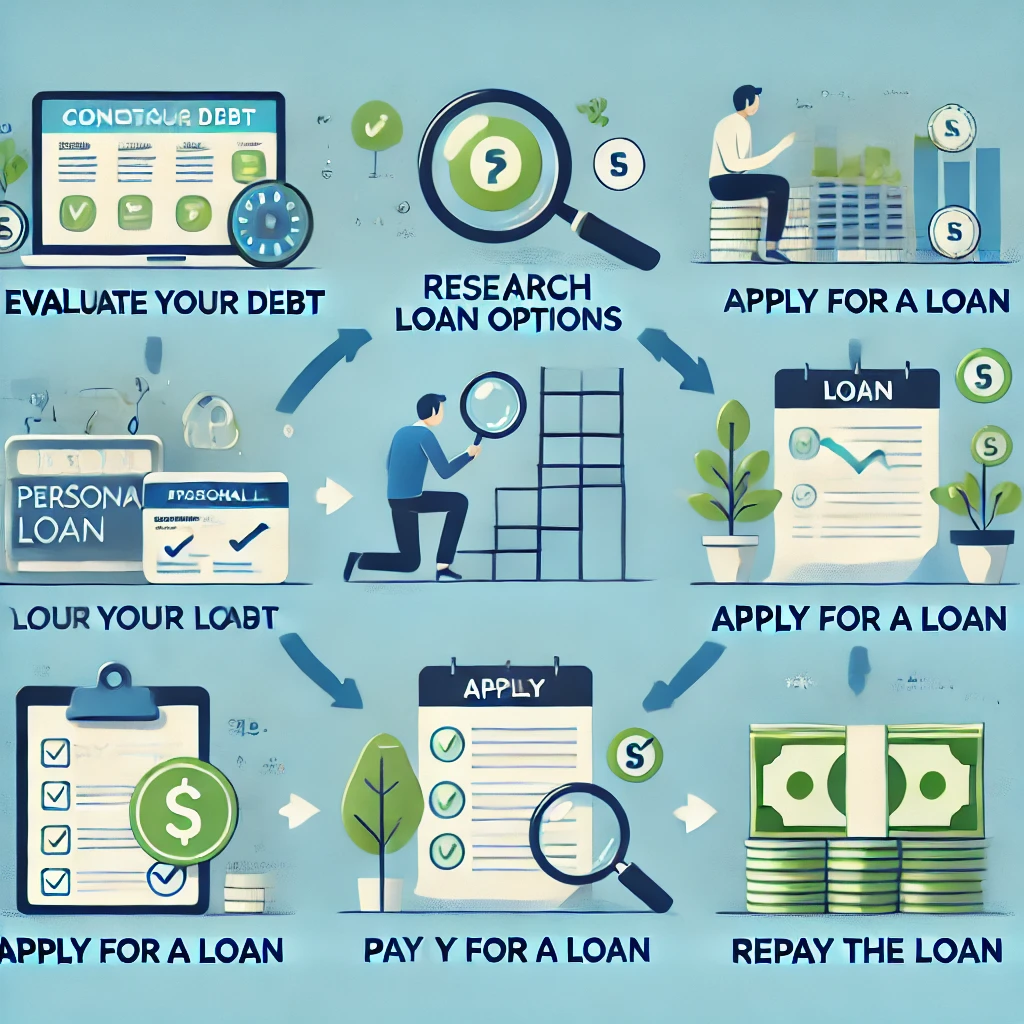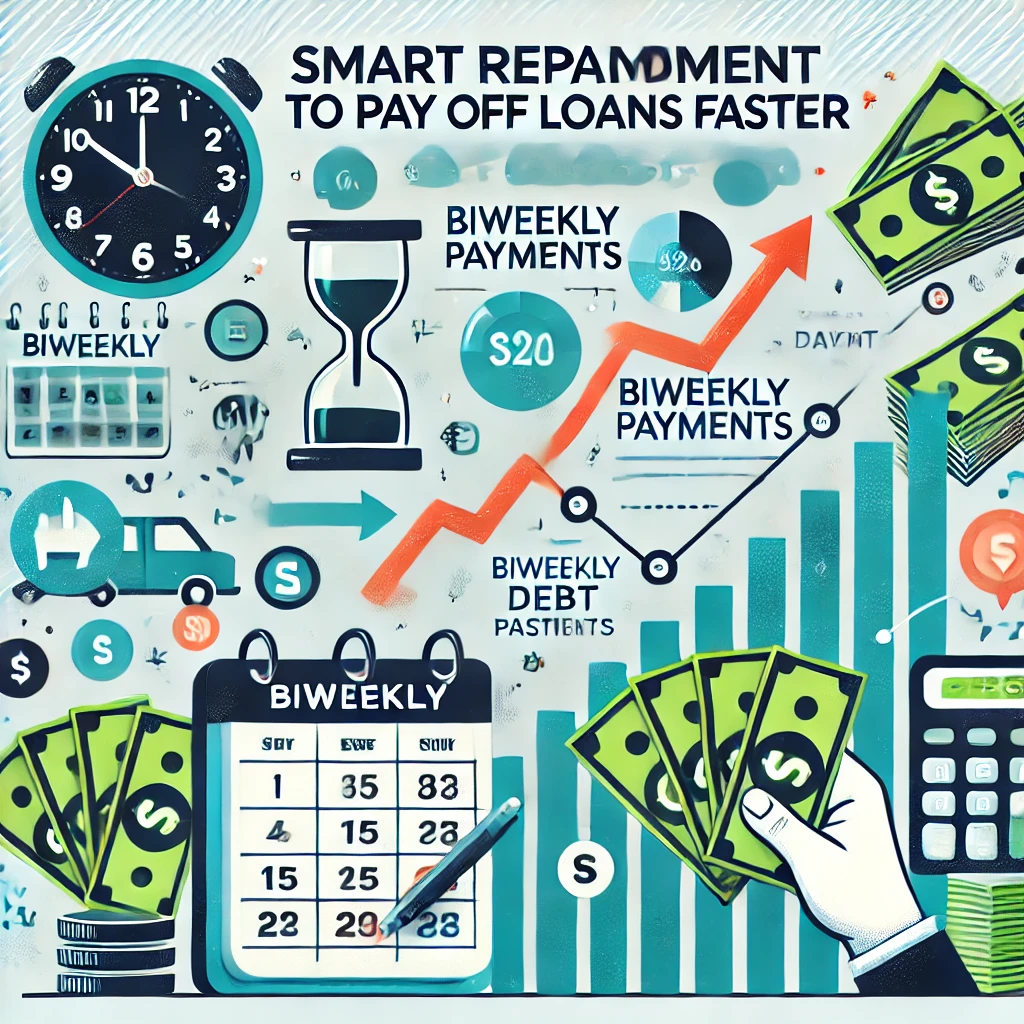Purchasing a home is a significant financial commitment, and getting pre-approved for a mortgage loan is a critical step in the process. It not only strengthens your position as a serious buyer but also helps you understand your financial standing. This article will break down the process of getting pre-approved, outline the key steps, and highlight the benefits of securing a pre-approval before house hunting.
What is Mortgage Pre-Approval?
Mortgage pre-approval is a lender’s conditional agreement to provide you with a mortgage loan up to a certain amount based on your financial situation. During this process, a lender evaluates your credit score, income, debts, and assets to determine whether you qualify for a mortgage and how much you can borrow.
Unlike mortgage pre-qualification, which gives you an estimate of what you can afford, pre-approval is more formal. It typically involves submitting documentation and undergoing a hard credit check. This is a more reliable indicator to sellers that you are financially capable of completing the transaction, giving you an edge in a competitive housing market.
Why Should You Get Pre-Approved for a Mortgage Loan?
There are several benefits to getting pre-approved for a mortgage loan. First, it clarifies your budget, helping you narrow down your property search to homes you can afford. Second, a pre-approval letter can make your offer more attractive to sellers, especially in a fast-moving market. With pre-approval in hand, sellers are more likely to view you as a serious buyer who is ready and able to secure financing.
Additionally, pre-approval allows you to lock in an interest rate (depending on the lender’s policies), which can protect you from rising rates while you shop for a home. Lastly, it allows you to spot any potential issues with your credit or finances early in the process, giving you time to address them before making an offer on a property.
Steps to Get Pre-Approved for a Mortgage Loan
Review Your Credit Report
Your credit score plays a major role in determining whether you’ll be pre-approved for a mortgage loan. Before contacting lenders, obtain a copy of your credit report and review it for accuracy. Check for any errors, such as incorrect account information or fraudulent activity, as these can negatively impact your credit score. Fixing any discrepancies early can improve your chances of approval and potentially help you secure a better interest rate.
Lenders typically require a minimum credit score to qualify for certain types of loans. For example, most conventional loans require a credit score of at least 620, while government-backed loans, such as FHA loans, may have lower minimum requirements. Improving your credit score can result in better loan terms, so if your score is lower than you’d like, take steps to improve it before applying.
Calculate Your Debt-to-Income Ratio (DTI)
The debt-to-income ratio (DTI) is another key factor lenders consider during the pre-approval process. This ratio compares your total monthly debt payments to your gross monthly income. Most lenders prefer a DTI below 43%, but some may be willing to work with borrowers who have a slightly higher ratio.
To calculate your DTI, add up all of your monthly debt payments, including student loans, car loans, and credit card payments, and divide that total by your gross monthly income. If your DTI is too high, you may need to pay down some debts before seeking pre-approval.
Gather Financial Documents
During the pre-approval process, lenders will request documentation to verify your financial situation. Be prepared to provide the following:
- Recent pay stubs
- W-2 forms or tax returns for the past two years
- Bank statements for all accounts
- Proof of any additional income sources (e.g., bonuses, rental income)
- Information on your debts, including credit card balances and loan payments
Having these documents ready can speed up the pre-approval process and demonstrate to the lender that you are financially organized.
Shop Around for Lenders
Not all mortgage lenders are the same, and it’s important to shop around to find the best terms and interest rates. Research different lenders, including traditional banks, credit unions, and online lenders, to compare their offerings. Some may offer special programs for first-time homebuyers or lower fees, which can save you money in the long run.
When requesting pre-approval quotes from multiple lenders, make sure to do so within a short time frame (typically 30 days) to minimize the impact on your credit score. Multiple inquiries within a short period are often treated as a single inquiry for credit scoring purposes.
Submit Your Application
Once you’ve chosen a lender, you can submit your pre-approval application. This application will require details about your financial situation, including your income, employment history, debts, and assets. In most cases, lenders will run a hard credit check, which could slightly lower your credit score, but it’s a necessary step in the pre-approval process.
After submitting your application, the lender will review your documents and financial information. If everything is in order, you’ll receive a pre-approval letter stating the amount you are eligible to borrow and the conditions of the loan. This letter is typically valid for 60 to 90 days, so it’s important to begin your home search promptly.
How Long Does It Take to Get Pre-Approved?
The pre-approval process can take anywhere from a few days to a few weeks, depending on the lender and how quickly you provide the necessary documentation. While some lenders offer fast pre-approvals, it’s best to start the process well before you begin house hunting to ensure you have your pre-approval letter in hand when you find the perfect property.
What Happens After Mortgage Pre-Approval?
After receiving your pre-approval letter, the next step is to start searching for your new home. It’s essential to remember that pre-approval does not guarantee final loan approval. Once you make an offer on a home, the lender will conduct a more thorough review of your financial situation, including a property appraisal, before issuing final approval.
During this time, it’s crucial not to make any major financial changes, such as taking out new loans or significantly altering your credit. These changes could affect your eligibility for the loan and even lead to a denial of final approval.
You can also read; How to Avoid Predatory Lending and Unfavorable Loan Terms
Common Mistakes to Avoid During the Pre-Approval Process
Not Checking Your Credit First
Failing to check your credit before applying for pre-approval can result in unpleasant surprises. Errors on your report or a low credit score could delay or derail your pre-approval.
Applying With Multiple Lenders Over an Extended Period
While shopping around for the best rates is important, applying for pre-approval with multiple lenders over several months can hurt your credit score. Try to keep all your applications within a short time window.
Making Large Purchases
Big purchases, like a car or expensive furniture, before or during the homebuying process can affect your debt-to-income ratio and credit score, which could jeopardize your pre-approval.
Changing Jobs or Income
Stability is key when applying for a mortgage. Changing jobs or experiencing a significant drop in income after being pre-approved can affect your final mortgage approval.




